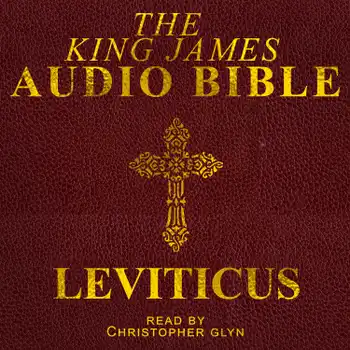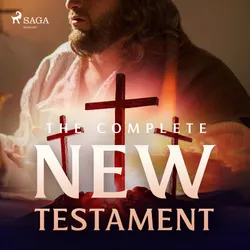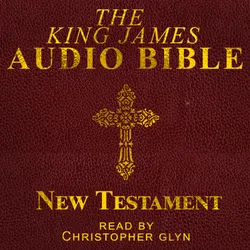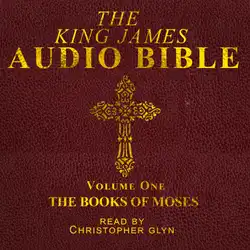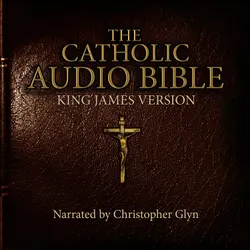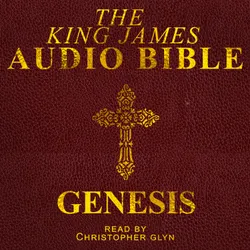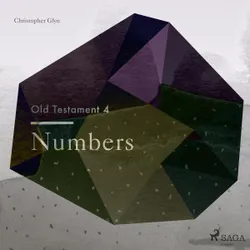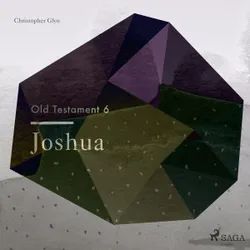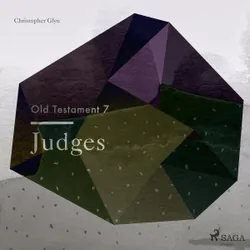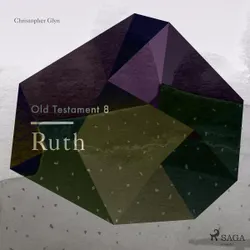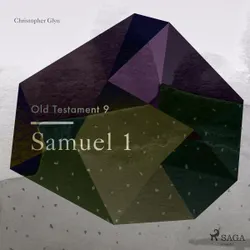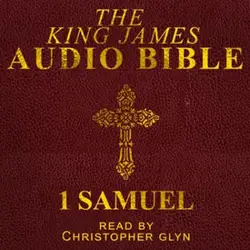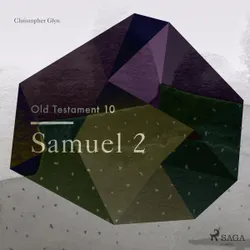The Book of Leviticus is the third book of the Torah in the Hebrew Bible and the Christian Old Testament. Positioned between Exodus and Numbers, Leviticus is central to the Pentateuch's legal and ritual texts. Its name derives from the Levites, the priestly tribe of Israel, and much of its content pertains to priestly matters, including rituals, sacrifices, and the legal purity required for approaching the divine presence.
**Key Themes and Features of Leviticus:**
1. **Holiness:** The overarching theme of Leviticus is the holiness of God and the call for His people to be holy in all aspects of life. The book outlines how Israel can maintain holiness, ensuring their ongoing relationship with God within the covenant.
2. **Sacrificial System:** Leviticus details various offerings and sacrifices (burnt offerings, grain offerings, peace offerings, sin offerings, and guilt offerings), each serving different purposes, such as atonement for sin, expressions of thanksgiving, and maintaining communion with God.
3. **Priesthood and Rituals:** It establishes the roles, responsibilities, and rituals of the Aaronic priesthood, emphasizing the importance of proper ritual conduct to prevent the profanation of the sacred.
4. **Purity Laws:** Extensive purity laws cover dietary restrictions, bodily discharges, and skin diseases (often translated as leprosy), outlining the procedures for cleansing and restoration to the community.
5. **Moral and Ethical Conduct:** Beyond ritual and ceremonial laws, Leviticus contains moral and ethical instructions, including the Holiness Code (Leviticus 17-26), which expands the concept of holiness to social justice, love for neighbor, and care for the poor and stranger, epitomized in the commandment, "Love your neighbor as yourself" (Leviticus 19:18).
6. **Day of Atonement (Yom Kippur):** Leviticus describes the most solemn holy day, Yom Kippur, a day of national atonement for sin, which includes fasting, rest, and special sacrifices, highlighting the theme of atonement and reconciliation with God.
**Structure of Leviticus:**
Leviticus can be broadly divided into several sections, including:
- **Sacrifices and Offerings (Chapters 1-7):** Instructions on how to perform various sacrifices.
- **Priestly Ordination (Chapters 8-10):** The consecration of Aaron and his sons as priests and the tragic story of Nadab and Abihu.
- **Purity Laws (Chapters 11-15):** Dietary laws, laws concerning childbirth, skin diseases, and bodily discharges.
- **Day of Atonement (Chapter 16):** Procedures for the annual Day of Atonement.
- **Holiness Code (Chapters 17-26):** A broader code of conduct for the Israelites, including moral, ethical, and ritual laws.
- **Blessings and Curses (Chapter 26):** The blessings for obedience and curses for disobedience to God's laws.
- **Vows and Offerings (Chapter 27):** Regulations concerning vows and dedications to God.
**Significance:**
Leviticus is foundational for understanding the concept of holiness in Judaism and Christianity, providing insights into the ancient Israelite approach to worship, community life, and the relationship between the sacred and the mundane. Its emphasis on purity, ethical behavior, and the pursuit of holiness has deeply influenced religious thought and practice, underscoring the importance of living a life that reflects the character of God.
